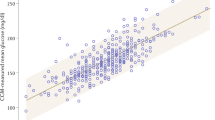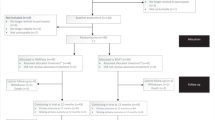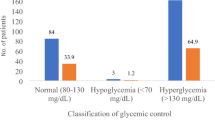Abstract
Diabetes currently affects at least 120 million people worldwide, and this figure is rising steadily. Intensive treatment improves outcome in terms of morbidity from late diabetic complications and quality of life, but in order for patients to reap such benefits, they must commit to major, long-term changes in lifestyle. The physician's concept of diabetes is often very different from the patient's; and the implementation of a treatment plan acceptable to both is only possible when open communication fosters discussion and patient autonomy, and treatment is seen as logical, acceptable and feasible within the daily life of each patient.
Barriers that impair patients' ability to achieve good glycaemic control include those relating to lifestyle, education, psychology and their environment. An appreciation of barriers to good glycaemic control from the patient's perspective underlies the ability to minimise obstacles and improve outcome in terms of quality of life and metabolic control.
This is a preview of subscription content, access via your institution
Access options
Subscribe to this journal
Receive 12 print issues and online access
$259.00 per year
only $21.58 per issue
Buy this article
- Purchase on Springer Link
- Instant access to full article PDF
Prices may be subject to local taxes which are calculated during checkout
Similar content being viewed by others
Author information
Authors and Affiliations
Rights and permissions
About this article
Cite this article
Snoek, F. Barriers to good glycaemic control: the patient's perspective. Int J Obes 24 (Suppl 3), S12–S20 (2000). https://doi.org/10.1038/sj.ijo.0801421
Published:
Issue Date:
DOI: https://doi.org/10.1038/sj.ijo.0801421
Keywords
This article is cited by
-
Measuring the Impact of Diabetes Through Patient Report of Treatment Satisfaction, Productivity and Symptom Experience
Quality of Life Research (2006)
-
Effect of calcium dobesilate on progression of early diabetic retinopathy: a randomised double-blind study
Graefe's Archive for Clinical and Experimental Ophthalmology (2006)
-
At last, a weight neutral insulin?
International Journal of Obesity (2004)



